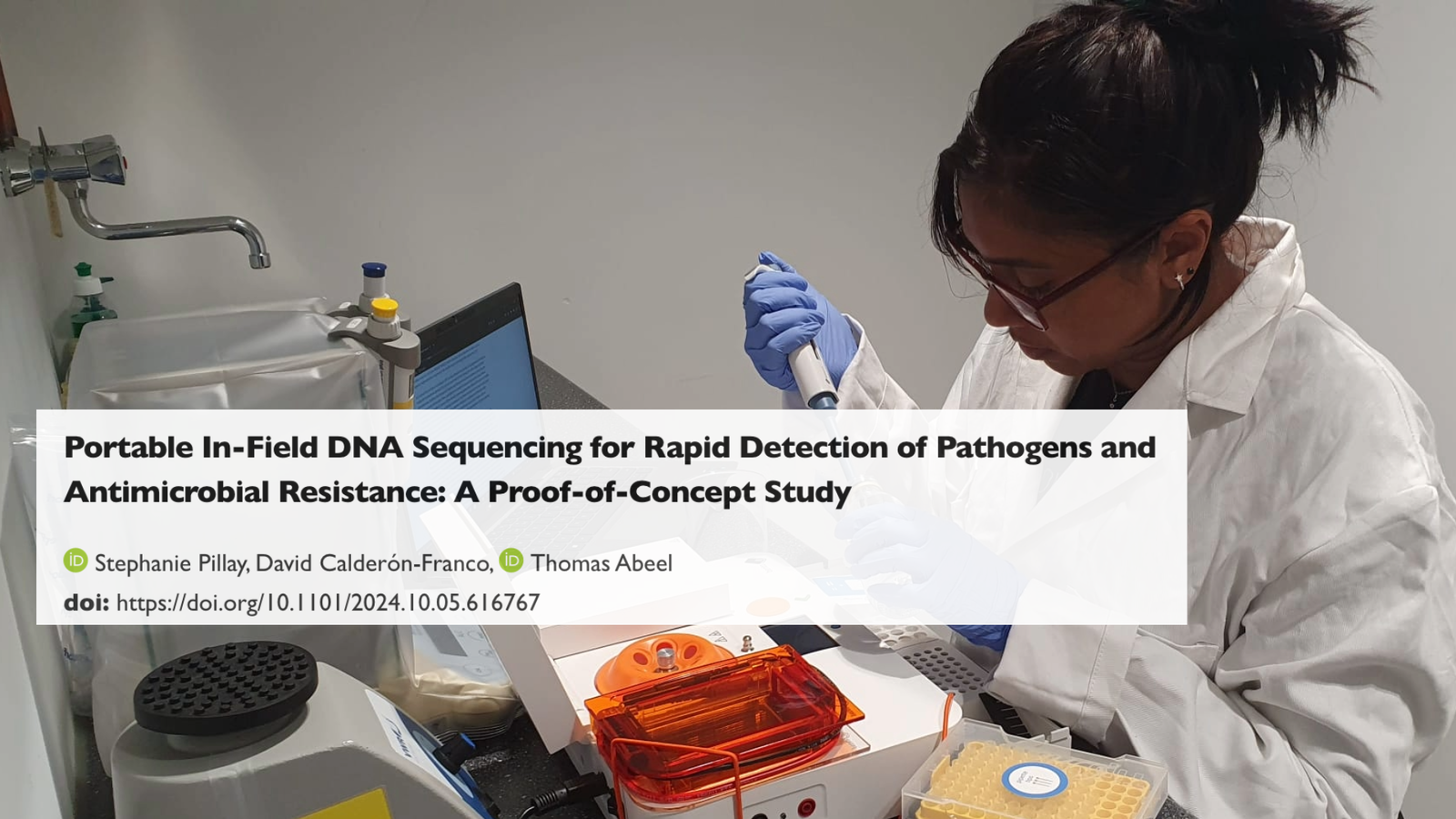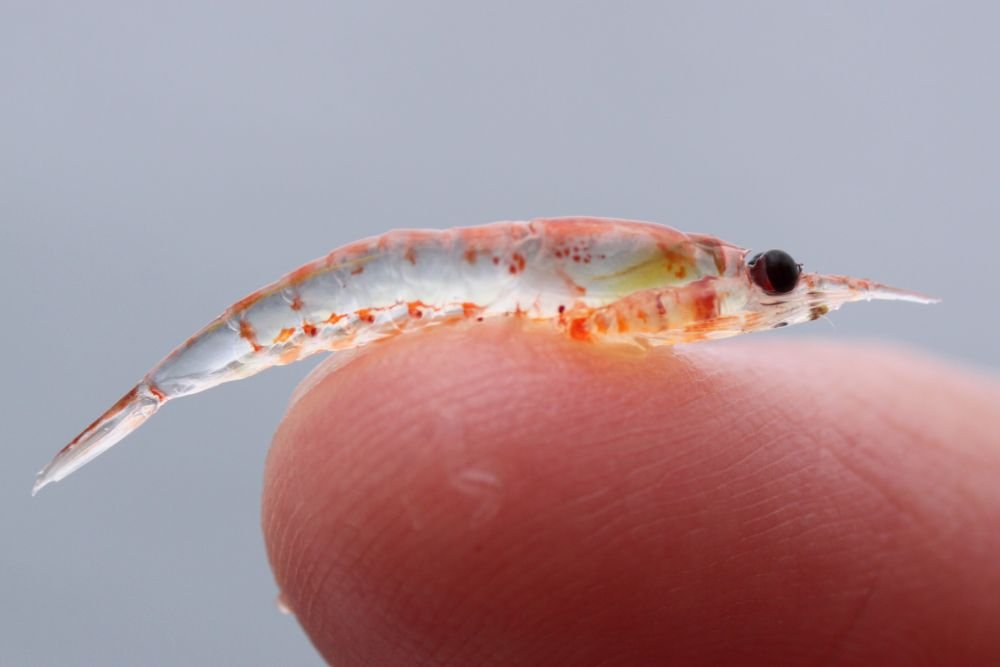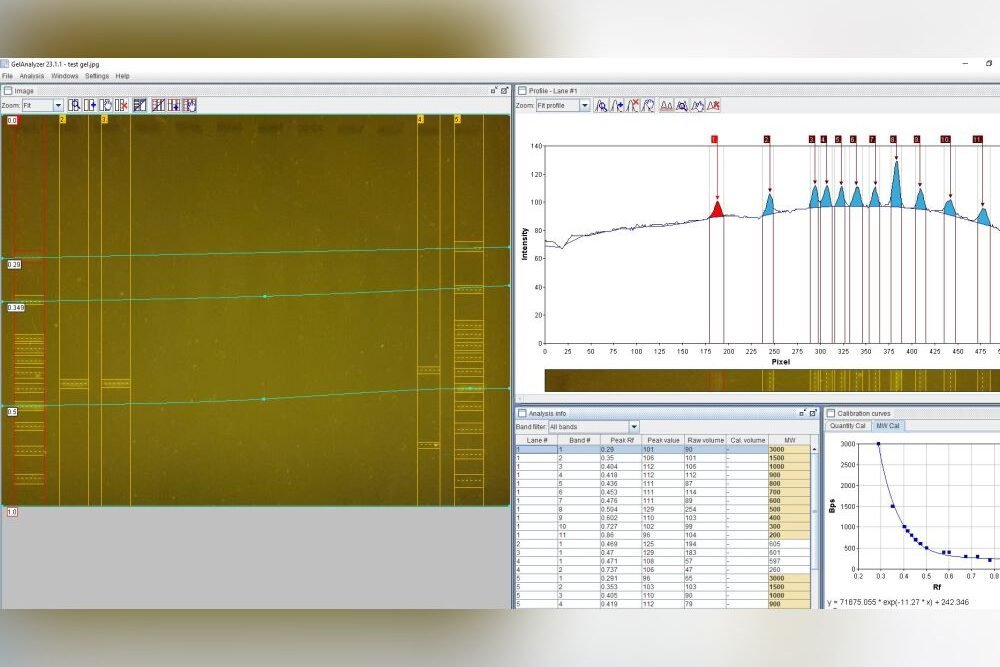Hey PCR enthusiasts,
Here are some updates from Bento Lab!
Methods and Techniques
DNA Extraction Using Microwaves
Did you know that microwaving to burst open cells can be a useful method of DNA extraction, especially for cheap, rapid, and high-throughput workflows? It can be used as the main cell lysis process to produce a crude DNA extract for PCR, or as a step within a more complex extraction process to improve cell lysis.
As a cell lysis method, microwaving has the advantages of being rapid, inexpensive, high-throughput, single-tube, and capable of bursting cells without any chemicals that might impact downstream processes. It operates mostly by heating the sample to a high temperature, but mechanisms such as modification of cell membranes at lower temperatures have also been reported (for example bacterial cell membrane poration).
An early example was published by Goodwin & Lee (1993), where the authors tested it prior to a CTAB/chloroform extraction on a wide range of taxa across different kingdoms of life.
Since then, researchers have regularly published variations or instances of this method for specific applications, often omitting a CTAB/chloroform step and using direct PCR. Below are a few examples:
⭐Human samples: Taglia et al. (2022) describe the use of microwave DNA extraction for human samples (saliva, blood, semen) for forensics.
⭐Fungal samples: Ferreira et al. (1996) used microwaves to pop open dried fungal spores prior to PCR.
There are of course many other examples!
Do you use microwaving as part of your DNA extractions? If you do, we’d love to hear about how it works for you, and what your favourite methods are!
Bento Lab Pro Feature
Touchdown PCR
Do you have difficulty with finding the right annealing temperature for your PCRs, or have trouble with non-specific amplification? If you do, touchdown PCR (available with Bento Lab Pro) may be a good PCR method to try.
Touchdown PCR is most useful when very high levels of both specificity and yield are needed; when the optimal annealing temperature is unknown; or where a mixed sample may contain multiple targets that have different annealing temperatures for PCR. It uses annealing temperatures that start high but decrease by a small increment each cycle.
If you are interested in finding out more, we have an interesting short post exploring thoughts about Touchdown and Stepdown PCR on our website.
You can add a touchdown cycle to your PCR program on Bento Lab Pro following the instructions in the Bento Lab manual to program touchdown into a PCR step.

You can find out more about Bento Lab Pro on our website.
Are there any features you would like to see in future versions of Bento Lab? If there are, please drop us a message!
Methods and Techniques
Rapid Extraction of Very High Molecular Weight Plant DNA
For anyone interested in extracting very high molecular weight plant genomic DNA, for example for genome sequencing using long-read technologies such as Oxford Nanopore or PacBio sequencing, here is a rapid (compared to similar methods), simple, and economical method suitable for single-molecule sequencing, described by Li et al. (2020).
We found it particularly interesting because the extraction involves a careful, multi-step removal of cell walls, plastid DNA, and nuclei membranes, with wash stages after every step, rather than a single DNA extraction step followed by cleaning.
The extraction first removes cell walls to release intact nuclei using an osmotic buffer. Nuclei are then filtered, washed, and centrifuged before being gently lysed during a CTAB/chloroform extraction. Chloroplasts and plastid DNA are removed during these processes. The multiple wash steps help remove unwanted compounds such as secondary metabolites and chlorophyll, while the gentle lysis and buffer minimises DNA fragmentation.
Importantly, the method uses a novel extraction buffer containing Tris-HCl, sucrose, spermidine trichlorohydride, and spermine tetrachloride. Spermine and spermidine are polyamines that stabilise and protect DNA in eukaryotic cells, absorbing free radicals and condensing DNA, allowing DNA extraction with minimal fragmentation.
Another critical step is to select young fresh leaves that are kept in the dark for up to 48 hrs prior to extraction to minimise the buildup of photosynthetic byproducts.
Using this method in cotton, blackgrass and strawberry, the authors were able to extract 100 micrograms of gDNA per 10 grams fresh tissue, with the majority of DNA extracted between 100 kb and 1000 kb in size!
You can find the article here:


